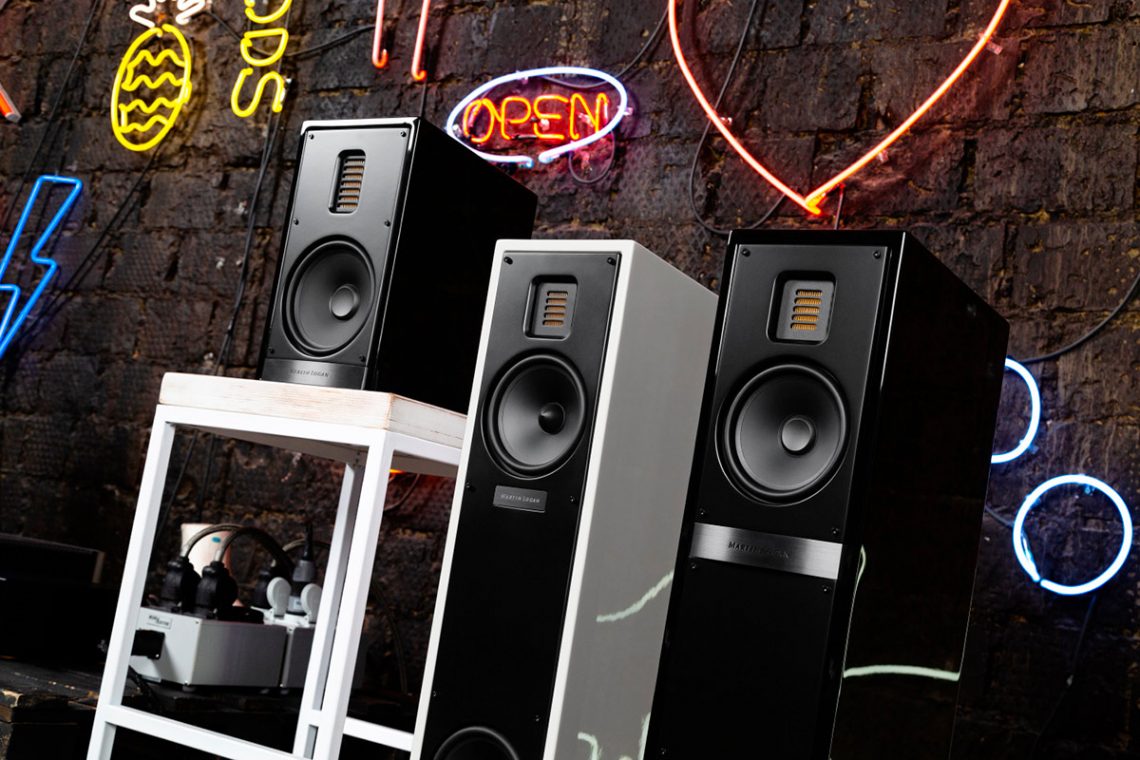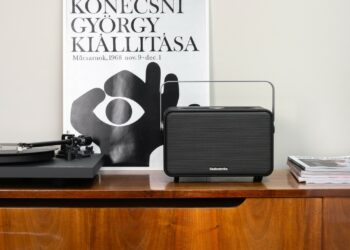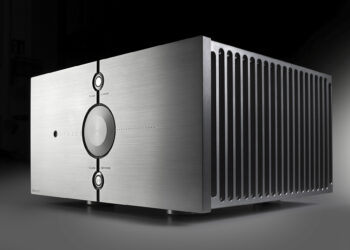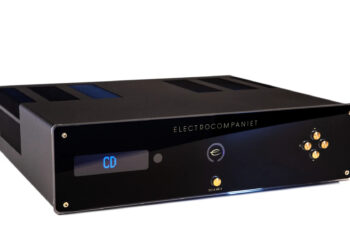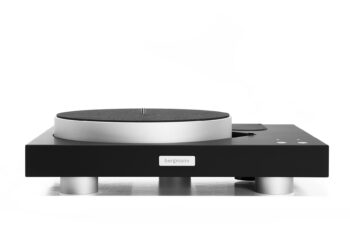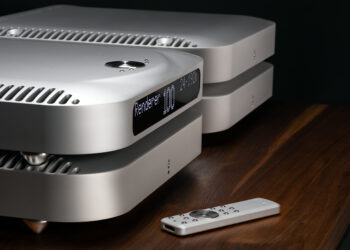The theme of comparison of full loudspeakers vs shelf ones is truly inexhaustible and will always be an occasion for hot discussions. Oil in the fire adds to the fact that any comparison, even the most objective at first glance, inevitably interferes with a number of factors that can radically change the impression.
Comparison of Martin Logan full loudspeakers and shelf loudspeakers in the traditional context is even more difficult, because they have many obvious differences, although they belong to the same series. However, the answer to the eternal question "what to choose?" we will still look for, having considered both models from a purely practical point of view. After all, the most important thing - to understand what advantages and disadvantages each model has and how you can use it.
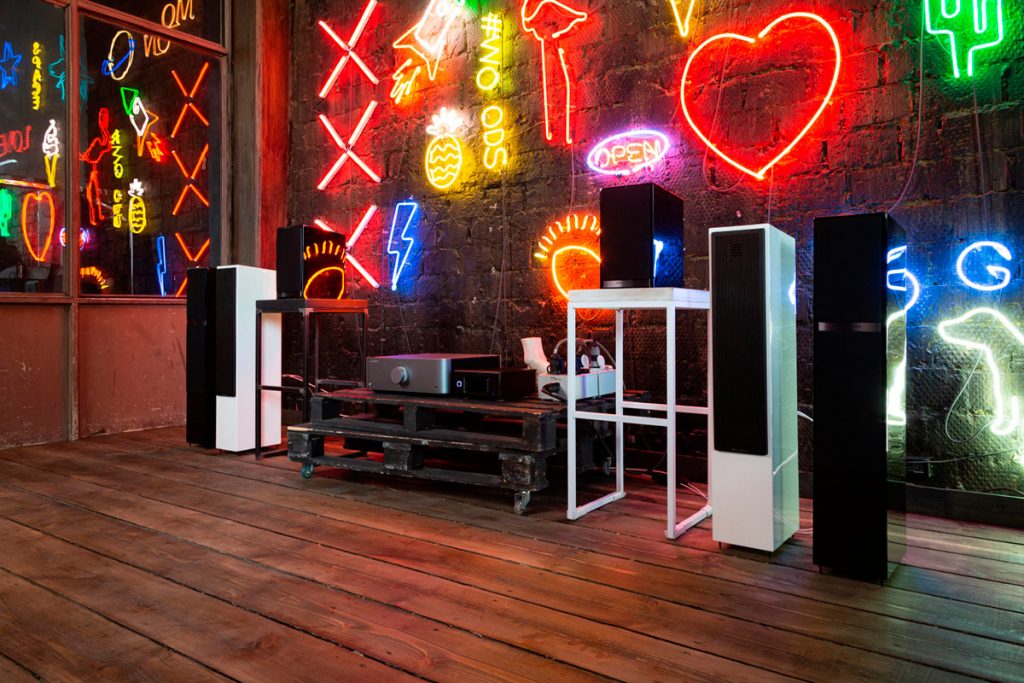
The Motion series is the only of the three Martin Logan loudspeaker series that does not use electrostatic technology, and it is the series that includes the maximum number of models and is the most affordable. At the same time, the manufacturer focuses on the fact that the Motion series, in terms of character, sound class and ideologically in general, is a continuator of the tradition of large electrostats. It is difficult to agree to 100% with this, because Motion at least does not work in dipole mode, and therefore leads in a completely different way.

All Motion models combine a ribbon tweeter and one or more aluminium cone drivers operating in the midrange. Branded Tweeter Folded Motion operates on the principle of the Hale Transmitter. The multiple folded ribbon cone made of a thin, ultra-light material with a conductive path is in the field of powerful permanent magnets, and when the signal passes it works like a harmonica fur - squeezing air out of the folds, drawing it in, creating a discharge. The performance of such a transmitter is several times higher than that of a traditional dynamic or conventional ribbon tweeter, and its accuracy and quality are comparable to that of planar or electrostatic transmitters. Motion series models

Although the tweeter attracts more attention and seems to be the crowning glory of engineering skill, the true masterpiece is still the bass/midrange driver. The fact is that Hale's drivers are a technology known and well-proven by several companies and provide exceptional linearity of phase and frequency response with record low distortion, which is called the "default". The bass/midrange driver cannot be said that way: in the world of Hi-Fi there is still no consensus even on what materials and technologies provide guaranteed high quality.
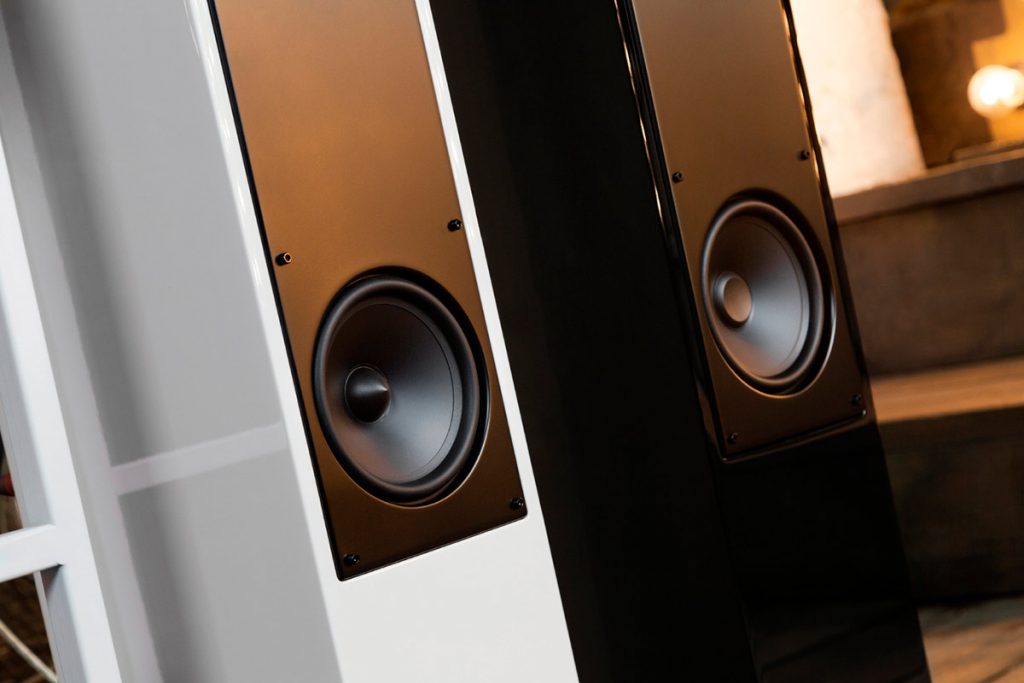
For the cone of its speakers, the martin logan designers preferred aluminium, a material with an advantageous weight to rigidity ratio, allowing the driver to operate in piston mode even under heavy loads. any metal cone is also a good natural heatsink that dissipates heat from the voice coil. to get the most out of this concept, the martin logan designers used sufficiently elastic suspensions and centering washers. the midrange drivers have a low stroke rate and their diaphragm diffuser.
In the new generation of i-coded speakers, one of the key improvements is the cone. In the centre of the cone, a new dust cap has been installed that has a different shape and provides a noticeable increase in stiffness throughout the structure.

In addition to transducers, Martin Logan engineers have other original solutions that make their acoustic design unique. One of the company's main secrets is Vojtko crossovers, created by one of the company's leading developers and named after him. Strictly speaking, Vojtko is not even a technology, but a concept: a set of principles to achieve maximum efficiency, almost a philosophy. When calculating the circuitry, engineers take into account the electrical characteristics of transducers and consider them as a component of the frequency filter, all of which are included in the design.
In all models, without exception, the bass tank is set well below the midrange and treble, and the phase-inverter is located as close to the floor as possible. Thus, it is possible to ensure a more effective distribution of bass in the room and at the same time solves the problem of the first reflection from the floor, which is able to significantly color the bass.
The third feature of the design is not so unique, but for some reason rarely used by manufacturers. The upper side of the case of all classic Motion models has a noticeable tilt. This simple technique prevents the most harmful in terms of the impact on the sound of vertical standing wave.
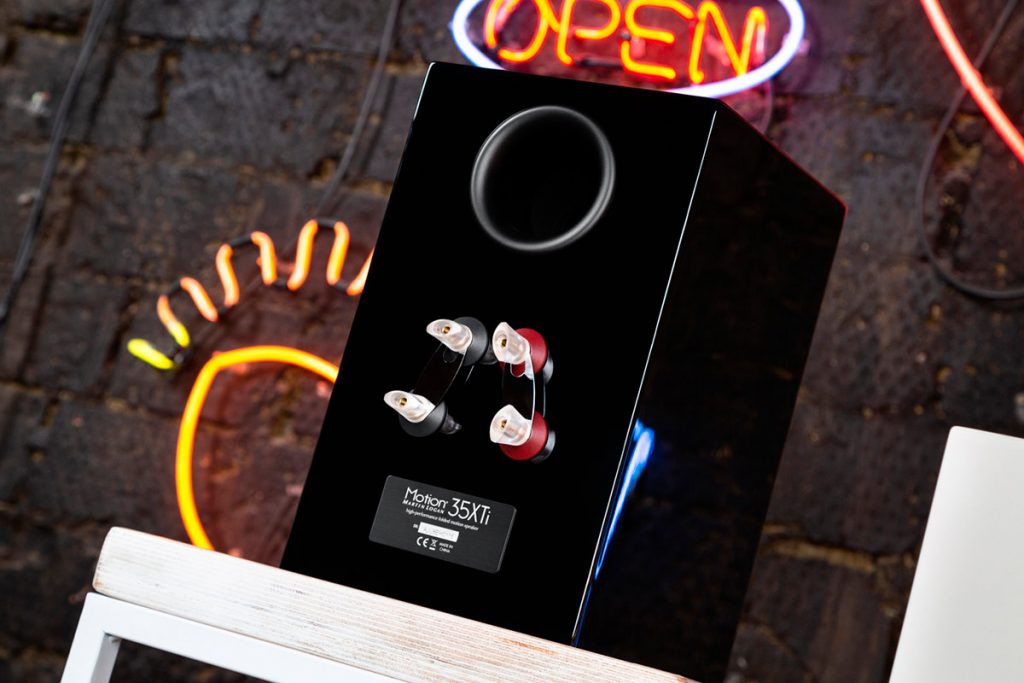
From the rather extensive Motion range, two models were chosen for a detailed review: the 35XTi senior shelves and the 20i junior floorboards. The main unifying factor in this case is the applicability of both models in a typical medium sized living room. In addition, such a choice often allows you to get for testing columns of comparable value, but this time the proven strategy did not work. The floorboards are almost twice as expensive as floorboards. And this is the first fact that is worth taking note, tilting towards the choice of one or the other.
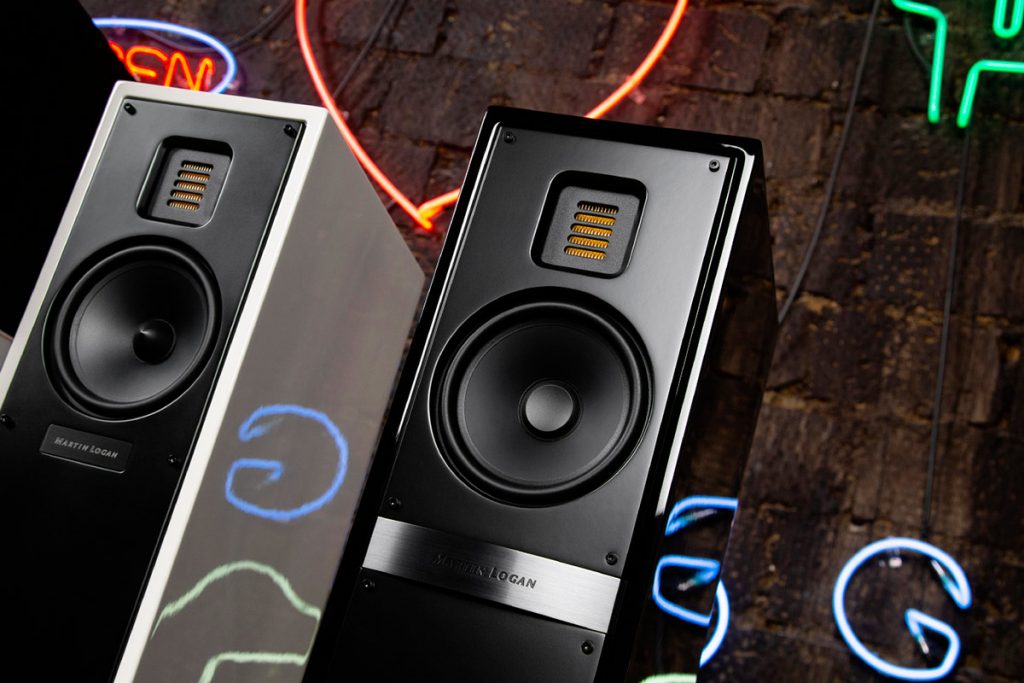
The difference in the midrange/midrange sections is determined not only by the number of drivers, but also by their calibre and frequency of splitting. The 35XTi shelf unit uses a single driver with a 165 mm cone and 2200 Hz split frequency, while the 20i floor units can be matched by a pair of 140 mm drivers, giving a sound range of up to 500 Hz and 500 to 2600 Hz. Thus the lower limit of the frequencies produced by a tweeter does not differ much. The same can be said for the lower limit as a whole: 50 Hz for the shelf unit and 46 Hz for the polo units. The difference in sensitivity is not particularly critical: 92 dB for the polo unit.
In terms of aesthetics, both models look exceptionally spectacular, thanks to the unusual geometry of the cabinet with the upward line of the top cover and the invariably matte black front panel with the design of the speakers in color and, of course, thanks to the spectacular metal bar with the logo, which remains visible even after the grills are installed.
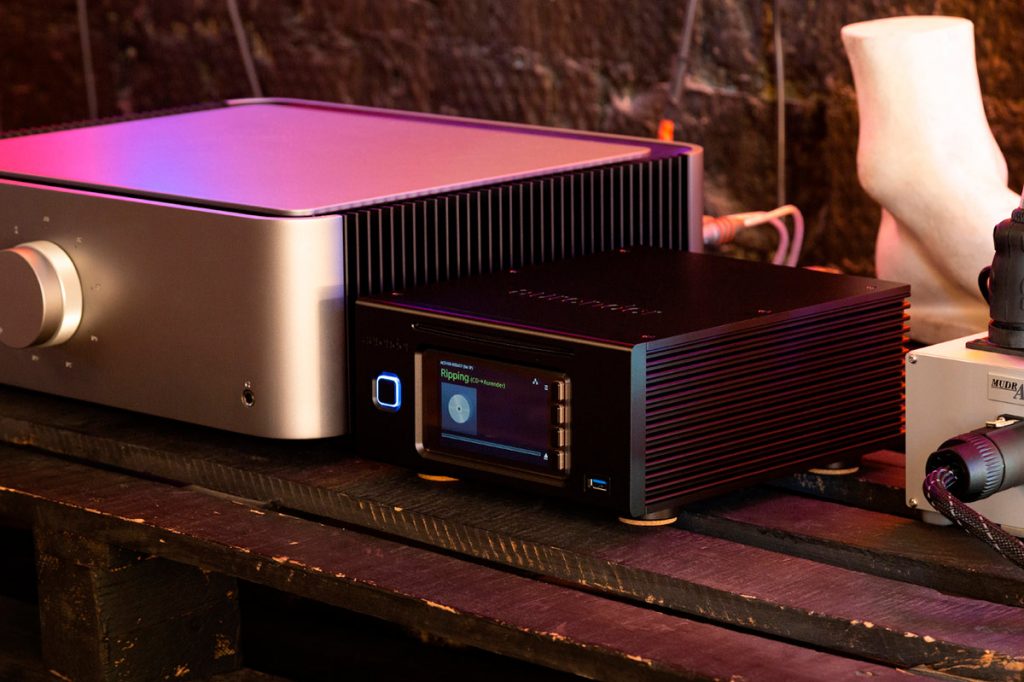
The sound of both models has quite a lot in common, as the closest relatives are entitled to. Martin Logan Motion i acoustics is characterized by high detail, almost flawless dynamics and smooth tonal balance. all this is put together in a precise and at the same time lively, expressive sound. music is played freely, without any tension or discomfort. expressed restrictions on the genres and formats of recordings. you can listen to recordings, streaming of any quality or vinyl. in any musical material, the acoustics is emphasized first.
The differences between the Motion 20i and the Motion 35XTi loudspeakers fully meet the expectations of a careful study of the design. The columns, which are equipped with an additional bass driver and have a significantly larger acoustic volume, sound more voluminous, large-scale and thorough. In contrast to the columns, their supply of musical material is felt more dark. The columns have a different advantage: the tweeter has a larger area, which makes the upper frequencies more airy, transparent and articulate, and the middle is obtained

Continuing to compare the two models in their purest form, it makes sense to look at a few concrete examples, for example, in the dark and heavy opus of "As Long As You Are Mine" - Tiamat polonics better conveyed the general atmosphere of gloom, perfectly reproducing the volume and depth of the scene, standing on a solid bass foundation. The polonics created a lighter and more transparent sound picture with a lot of details, but without losing the overall integrity of the composition and care for analytics, although the atmosphere was not as pressurizing as in the case of Motion 20i. And when listening to the Depeche Mode - "

To sum up, you should try to put together everything you've learned about each model. Motion 20i's speakers are more expensive, produce a full range of frequencies, including deep bass, and fill the room better with sound. They are more versatile in their use and will allow you to organize a quality stereo system literally "out of the box". motion 35xti's columns are twice as affordable, but they have a solid tweeter and in some cases can outperform speakers in terms of detail and expressive sound.
What's better, then? Compact or Full Range loudspeakers? The is no answer yet. But there's some clarity concerning to Martin Logan Motion Loudspeakers
Text by: Maxim Naumov














